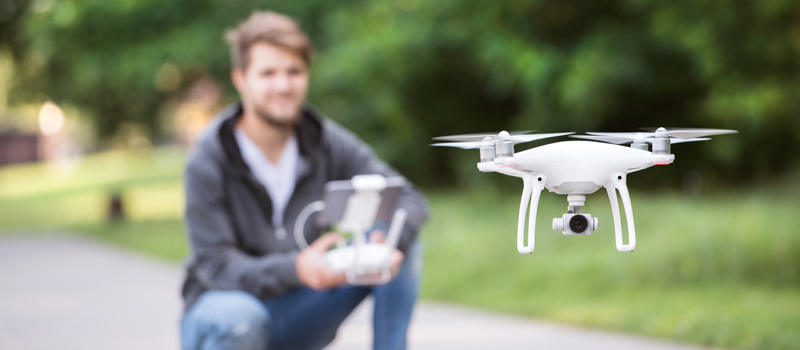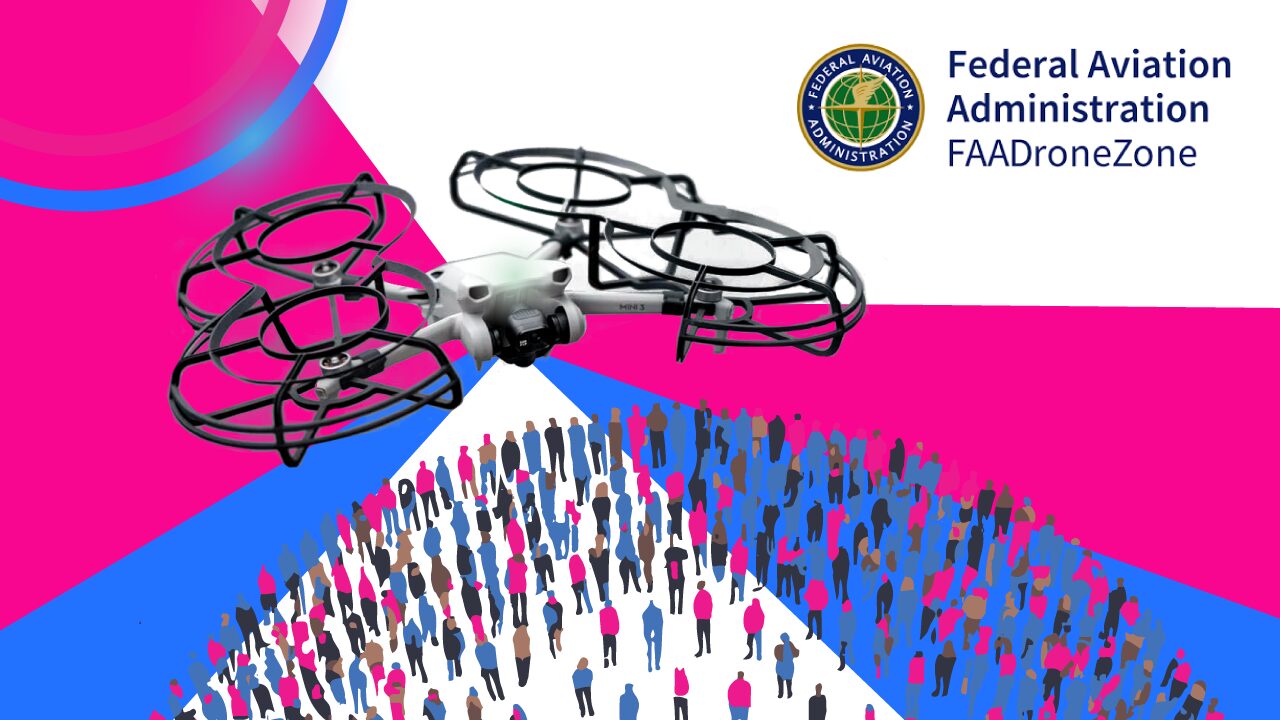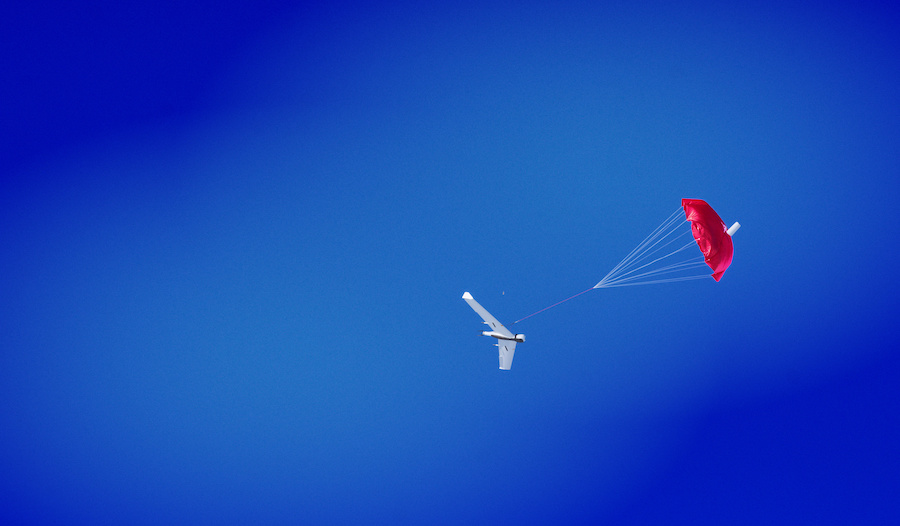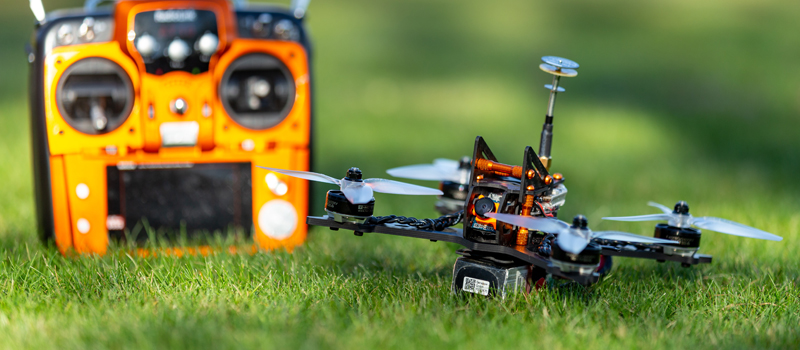Drone flight in BLM areas is generally allowed except if the land has been designated by Congress as a Wilderness Area. Some drone restrictions based on local laws may also apply. Although the BLM defers to the FAA for drone flight rules, they also have recommendations for drone pilots to avoid disrupting local wildlife.
When it comes to the question of flying drones over public land in the US, the answer is rarely straightforward and has to be pieced together from information issues by different agencies. In this article, we will be focusing just on land that is managed by the BLM – does the BLM allow drone flight or not?
Public land and the BLM
To put it briefly, public land in the US is any land that is not owned by private individuals, businesses, or organizations. Instead, US citizens hold shared ownership of all public lands. These lands include parks, wilderness areas, forests, historic sites, scenic trails, recreational areas, and national monuments.
Although public land is defined as owned by all US citizens, this land classification can also include ancestral homelands, ceremonial grounds, and hunting and harvesting grounds for Indigenous Peoples. With a few exceptions, only Congress has the authority to designate or assign any land as public land.
With public ownership in mind, these public lands are managed by different federal agencies. One such agency is the Bureau of Land Management (BLM). There are a handful of other agencies involved here, the most important being the National Park Service (NPS), the US Forest Service (USFS), and the US Fish and Wildlife Service (USFWS).
The BLM governs over more than 247 million acres of public land or about one-eighth of the landmass of the US. The goal of the BLM in the management of their assigned public land is not just conservation. They also promote the sustainable development of industries such as energy production, fishing, and agriculture. These have to be aligned with the objective of protecting the natural, historical, and cultural resources of these lands.
Knowing the type of public land or the federal agency in charge of managing it can be a confusing matter. For instance, national monuments can be either managed by the BLM or by the NPS. The NPS is also the managing authority for all national forests and parks. On the other hand, Wilderness Areas can be managed by an assortment of different agencies.
There is no clear-cut definition of which type of public land is managed by which federal agency. As each agency has a different set of rules, this becomes the root cause of ambiguity in rules regarding what activities are permitted in these public lands.
What are the rules for flying drones in BLM land?
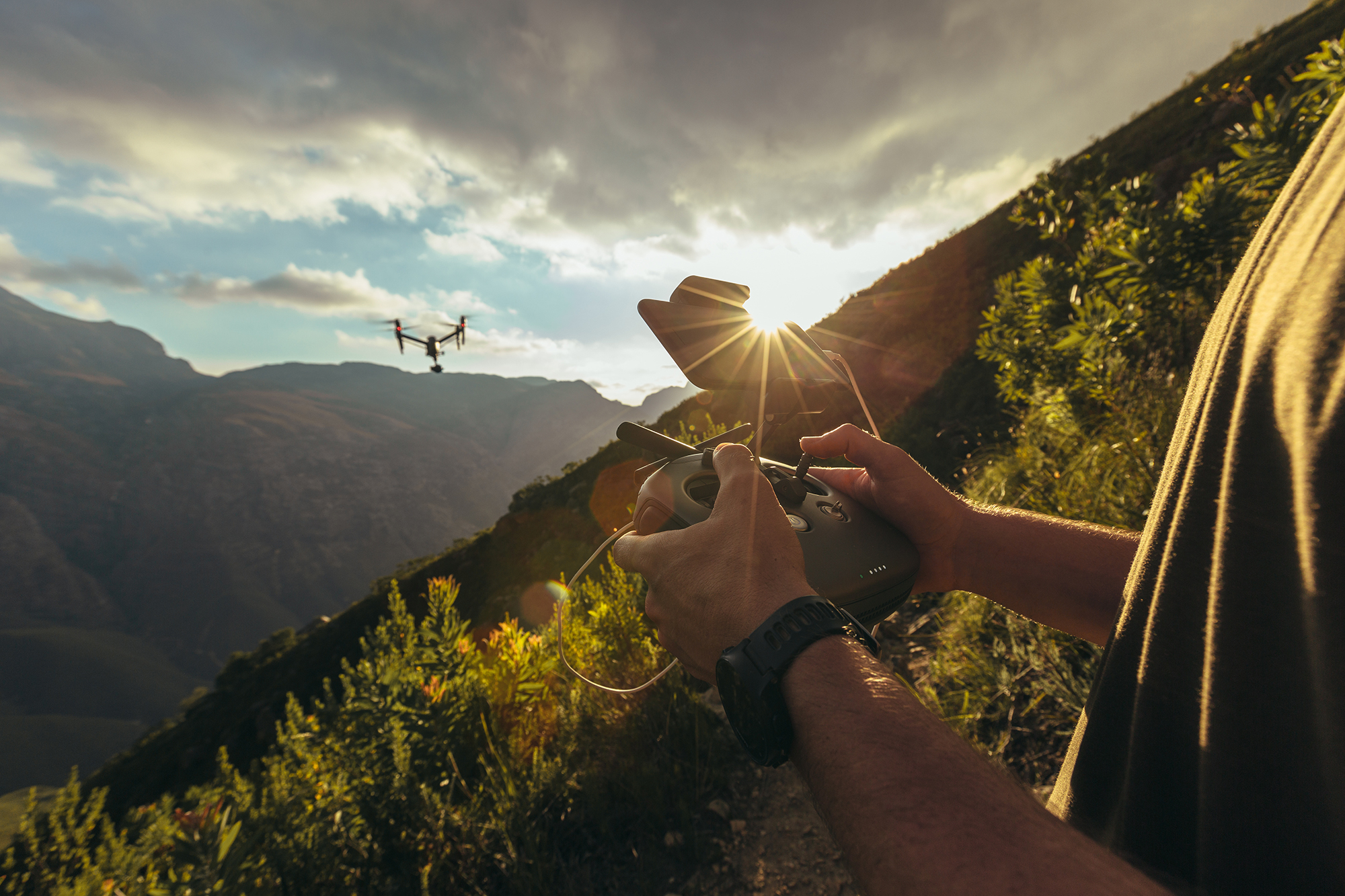
For the most part, the BLM has deferred to the FAA for the implementation of drone flight rules in public land that they are managing. This means that drone flight is allowed for BLM-managed property subject to airspace restrictions. However, there are specific exceptions to this rule:
Wilderness Areas
Drone flight is prohibited in Wilderness Areas as written in the Wilderness Act of 1964. According to the law, all motor vehicles and mechanized equipment are not allowed to operate in Wilderness Areas as these areas serve as a refuge away from the mechanized world. RVs and off-road vehicles are also prohibited in Wilderness Areas. Of all classifications of public lands, Wilderness Areas likely have the longest list of restricted activities.
The BLM manages 260 Wilderness Areas in the Western States and in Alaska. Notable examples include the Beartrap Canyon in Utah and the Darwin Falls in California. With that many exceptions, thinking that drone flight is allowed in a place just because it is managed by the BLM is a dangerous assumption.
Areas where there are local drone flight restrictions
Even if a public park or site is open for drone flight according to the BLM, you may still want to double-check for any conflict with local laws whether at the state, city, or town levels. Many local governments craft these laws as a response to concerns by the local population that uncontrolled drone flight may result in safety issues or privacy violations.
You will almost certainly need to do a bit of research if you want to comply with local rules. If you’re flying in a park, then check out the park’s website or get in touch with the park administrator. If you cannot find any reference to local rules, then it would not hurt to ask the local law enforcement agency for assistance.
The conflict of authority over local airspace between the FAA and local governments has been controversial for a very long time. While it’s likely that the FAA rules will be in your favor, this is not the type of conflict you would want to be caught up in.
During wildfires
In the event of a wildfire, the BLM often deploys air support for firefighting efforts. Any undocumented drones in the area pose dangers to any firefighting aircraft. To avoid incidents, these firefighting aircraft have to be grounded while the airspace is cleared of any drones.
Do NOT fly your drone near an active wildfire. This might seem like an obvious recommendation, but you might be surprised at the number of drone pilots attempting to take photos while a wildfire is raging. According to a document released by the BLM, there were 21 recorded cases of unauthorized drones flying over wildfires in 2019 alone.
Knowing if drone flight is allowed over any public land will involve more than just reading up on which federal agency is in charge of it. As with the case of BLM-managed public land, there can be lots of exceptions. If you’re still unsure about whether your planned drone flight will violate any rules, it would be best to get in touch with the local BLM office.
Drone flight recommendations from the BLM
Just because it’s legal does not mean that it’s right. This piece of wisdom applies to this particular topic. Many public lands may allow drone flight, but there are a few key reminders for whenever you fly in these places.
People go to public lands to relish the solitude and serenity that only nature provides. These public lands are also habitats for wildlife, many of which have behaviors that have not been influenced by mechanized devices like drones.
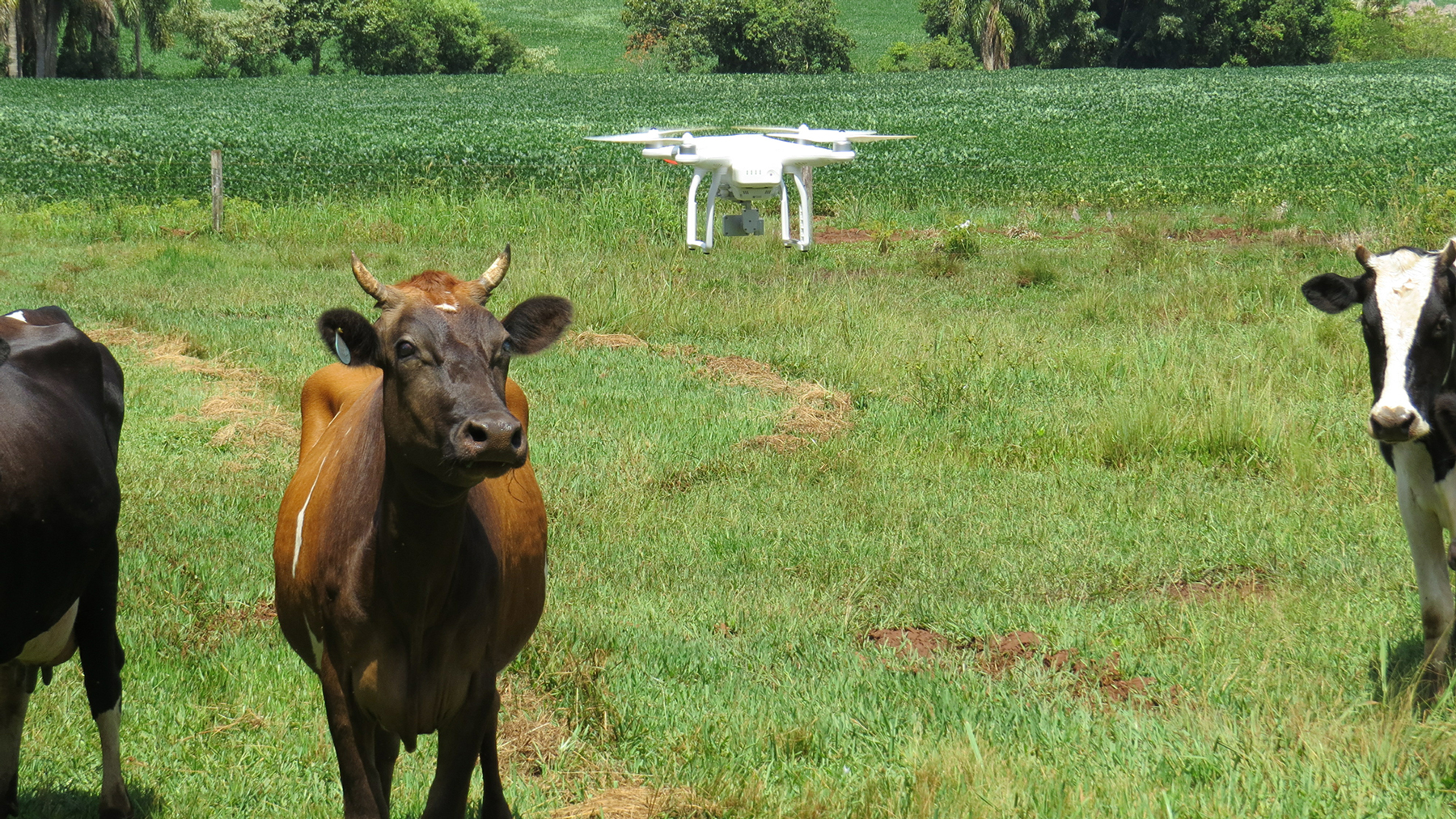
If you are planning to fly a drone in public land managed by BLM, here are some measures that the agency has requested:
- Do not fly drones over or near wildlife as this may create stress, which can then lead to harm or death. Any intentional disruption of wildlife behavior during mating, breeding, nesting, or caring of the young is prohibited unless approved for research or by management.
- Launch your drone more than 100 meters away from wildlife. Do not deliberately approach animals with your drone.
- Federal agencies may fly aircraft at low altitudes over public lands as part of natural resource management. Drone pilots are responsible for keeping themselves informed of such activities by getting in touch with the local Ranger District Office or FAA office. Drones are expected to yield right of way to these aircraft.
Lastly, do not forget that drones constantly emit a buzzing noise that can be irritating to both people and animals. Try to fly your drone away from people who are visiting these public lands as a means to get away from the noise and activity of the city. If it cannot be helped, then it’s a good idea to ask these people if they would mind the noise from your drone. Public lands, after all, are under the shared ownership of all US citizens.
A bit of courtesy can help you avoid conflict with other people in parks and other public lands. You can also think of it as your contribution to improving the image of the drone flight community.
Final thoughts
It can be very confusing to tell if drone flight is allowed in any type of public land because of all the different categories and federal agencies involved. There really is no clear-cut rule, as each rule also comes with lots of exceptions.
When it comes to BLM-managed areas, the rule is that drone flight is generally allowed unless the land is considered as one of the exceptions. That is ultimately the difficulty of following rules that are judged on a case-to-case basis. It’s best to do a bit of research or get in touch with the appropriate agency before heading out with your drone.
